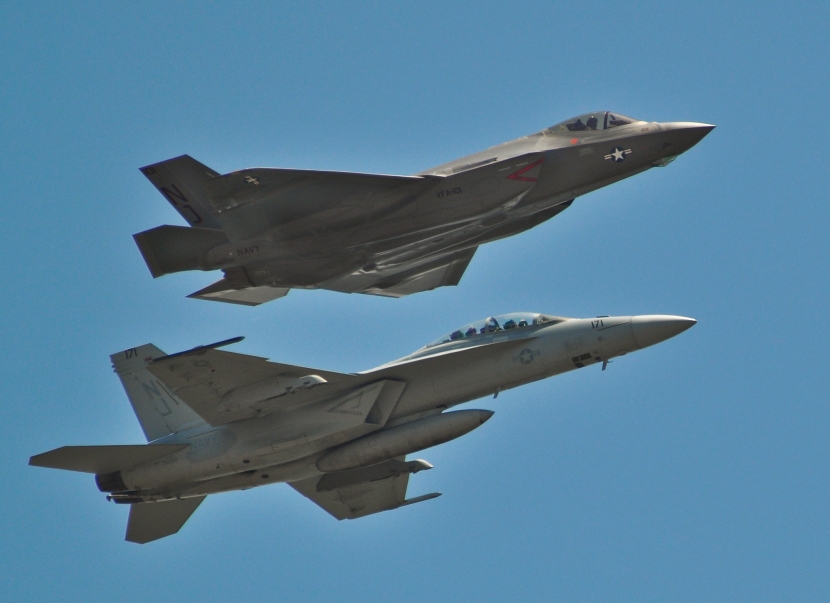 In a 2007 interview with former General Wesley Clark, he described how Rumsfeld told him (on the 20th September 2001), “We’re
going to take out seven countries in five years, starting with Iraq,
and then Syria, Lebanon, Libya, Somalia, Sudan and, finishing off, Iran.” The
reasons for these vast, and potentially catastrophic, actions were
vague, however Rumsfeld noted that the US had a strong military, ‘“I guess if the only tool you have is a hammer, every problem has to look like a nail.”
In a 2007 interview with former General Wesley Clark, he described how Rumsfeld told him (on the 20th September 2001), “We’re
going to take out seven countries in five years, starting with Iraq,
and then Syria, Lebanon, Libya, Somalia, Sudan and, finishing off, Iran.” The
reasons for these vast, and potentially catastrophic, actions were
vague, however Rumsfeld noted that the US had a strong military, ‘“I guess if the only tool you have is a hammer, every problem has to look like a nail.”
The danger of finding problems that fit your tool is known as the ‘Law of the instrument’ or ‘Maslow’s hammer’. This idea was expressed in 1964 by the American philosopher Abraham Kaplan as: “Give a small boy a hammer, and he will find that everything he encounters needs pounding.”
As we have mentioned before, military
plans and military inventories are not independent bodies. The aircraft
your air force chooses will to a large extent dictate how you can use
your air force. The ramifications of armed unmanned aircraft have been
well-explored (such as in the excellent Wired for War by P. W. Singer), the consequences of stealth aircraft less so.
In attempting to justify the F-35, some
have hinted at breakthrough technologies onboard the aircraft that are
classified and enormously impressive. While all F-35 claims can be taken
with a grain of salt (remember the Lockheed Martin boast of superior
kinematics to any 4th generation fighter?) it seems likely that one of
these technologies is electromagnetic-pulse based.
This development has entered the White
world in several recent projects, notably the Boeing Counter-electronics
High-powered Advanced Missile Project (CHAMP). These weapons use
microwave radiation to fry enemy electronics, crippling computers or
even knocking the power system out for an entire building (it should
also be noted that missiles contain electronics). Other possible
candidates for ‘technology-X’ on the F-35 include extremely aggressive
electronic attack modes to disable enemy radars, including computer
virus insertion. If this were the case, it would combine with the F-35’s
low-observability to produce an ‘asymmetric fighter’ capable of Black
ops. As with unmanned aircraft, this could led to small scale military
operations without the bother of international accountability. The F-35,
which will inevitably serve in smaller numbers than now anticipated,
will not be well suited to 21st century offensive warfare’s central
mission of close air support. Though it may well excel in the other
important modern role: intelligence, surveillance and reconnaissance
(ISR). The F-35 to was conceived excel in Desert Storm-style warfare, it
was to be used in blitzkrieg (later, and with added emphasis on the psychological, known by the revealingly repulsive term ‘shock and awe’) operations.
Israel is expected to receive its first
F-35s in 2016. The Israeli air force has a long history of surprise air
attacks on enemies or potential enemies outside of declared wars— at the
risk of losing aircraft, and thus deniability and national prestige. If
the F-35 performs as advertised (to use a cliche that has long attached
itself to the programme) then it would by the ideal aircraft for Israel
to threaten or attack Iran.
For other F-35 users, especially in NATO,
the type’s usage- with its emphasis on off-base, centralised
maintenance and sealed box components — will make it further apparent
that their air forces are little more than ancillary wings of USAF.
Whereas today it would be hard to conduct prolonged military operations
without US consent (considering the large amount of US technology used
by all NATO nations), in the days of the F-35 it would be impossible.
Follow my vapour trail on Twitter: @Hush_kit

Δεν υπάρχουν σχόλια:
Δημοσίευση σχολίου